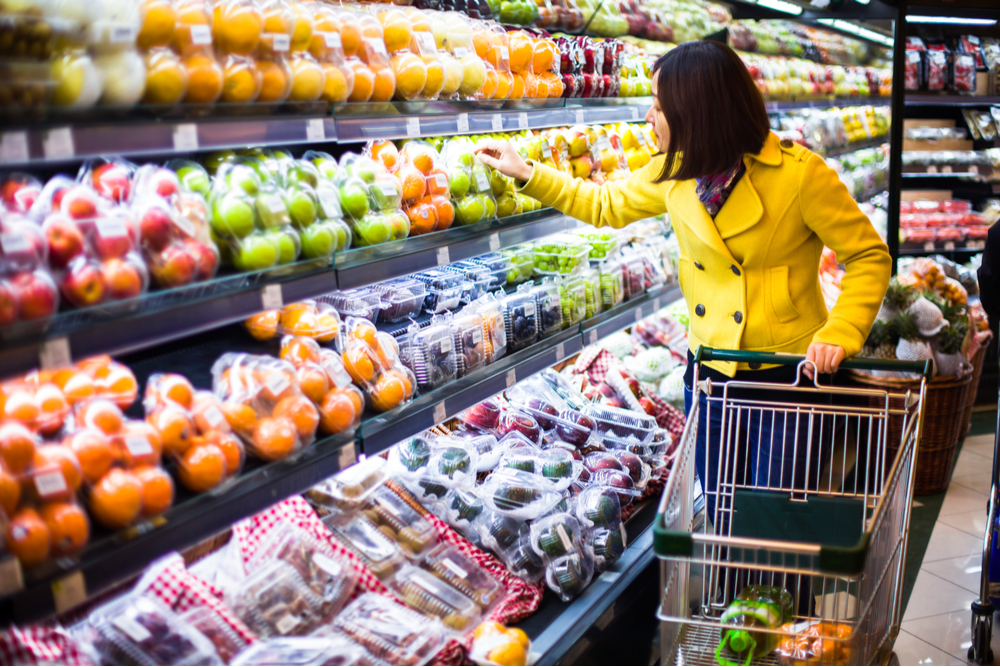After the Competition and Consumer Protection Commission’s (CCPC) report found no evidence of excessive pricing in the Irish grocery retail market, Bank of Ireland’s head of Retail Sector Owen Clifford says it’s time to appreciate the strengths of the sector.
The start to 2023 has been a tumultuous one for the Irish grocery sector; rising food inflation linked to a multitude of geo-political issues threatened to undermine the goodwill and consumer engagement nurtured during Covid-19 and the Brexit aftermath.
As the price of food became a political issue across Europe, Irish grocers found themselves in a public debate concerning the level of profit margins (and accusations of profiteering) across the sector.
“The Irish grocery and convenience sector is recognised internationally as an exemplar in respect of store standards and innovation”
This debate was driven by perception as opposed to hard evidence – the reality being that the Irish grocery sector is very competitive and underpinned by a complex, inter-connected supply-chain.
As always, context is important – Irish grocery inflation was c17% compared to an EU average of 27% over the last two years.
The Irish grocery and convenience market is unique given that a significant proportion of market share is held by indigenous, family owned retailers operating under the Supervalu, Eurospar, Centra and Londis brands.
Bank of Ireland data confirms that the profit margin generated by these retailers over the past year has remained consistent with historical performance whilst maintaining significant employment and investment in local communities nationwide.
High-level analysis
In June 2023, the Irish Competition & Consumer Protection Commission(CCPC) conducted a high-level analysis of the grocery sector in Ireland using publicly available data.
This analysis was completed following a request on 26 May from the Minister for Trade, Enterprise and Employment Simon Coveney, TD, and its principal observations released this week are note-worthy, balanced and timely:
- The grocery sector is a critical one for Irish consumers and recent price increases have had a significant impact on many households.
- Concentration in the grocery retail sector has reduced leading to improved competition on price, quality, location and service in recent years.
- This has resulted in more choice for consumers and they can switch easily between competitors.
- There have been significant gains in market share by some players in recent years, although some barriers to entry may remain at local level.
- Food prices remain high when compared internationally. However, over recent years food inflation in Ireland has been the lowest in the EU.
- Changes in input/commodity prices are not immediately reflected in retail prices – recent falls in input/commodity prices may take time to be passed onto consumers due, in part, to the lag effect in supplier/retailer contracts which is the norm for the sector.
- The CCPC has seen no indication in this analysis to suggest market failure or “excessive pricing” as a result of an abuse of dominance at this time within the Irish market.
- The CCPC identified a number of price interventions internationally in relation to the grocery retail sector but have not seen any evidence that price interventions have benefitted consumers. Price interventions carry significant risk of unintended consequences and may actually harm consumers.
The Irish grocery and convenience sector is recognised internationally as an exemplar in respect of store standards and innovation.
It is a “go-to” destination for international retailers seeking ideas to improve their own proposition.
As consumers, we have become accustomed to excellent, in-store standards – to maintain these standards, family owned retailers need to preserve their margin whilst maintaining a continuous improvement mindset.
In this fast moving, competitive environment, developments in the sector from a pricing, investment and consolidation perspective will be monitored with interest in the months ahead.





